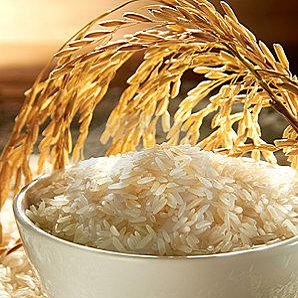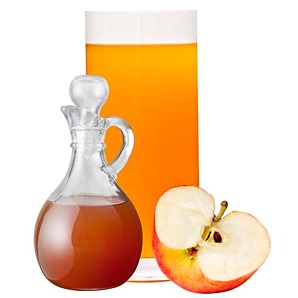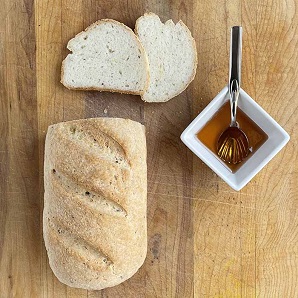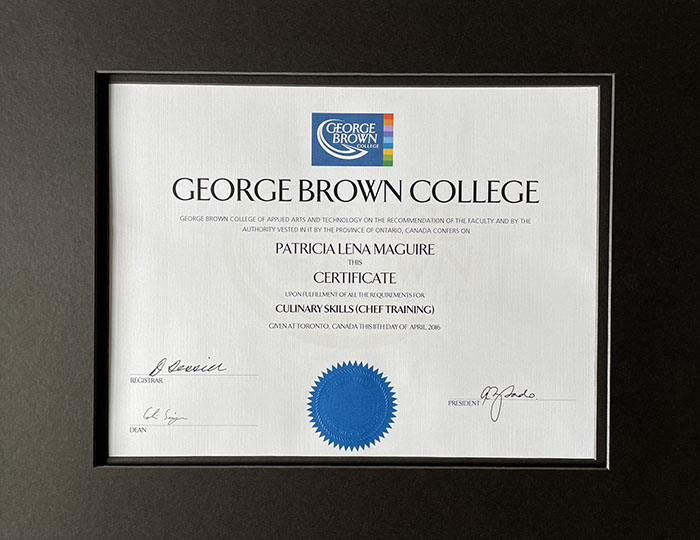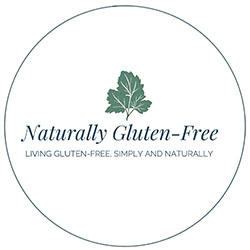- Home
- Gluten Free Grains
- Sorghum
Is Sorghum Gluten Free? Discover Why Sorghum Should Be in Your Pantry
Have you been feeling restricted since going gluten-free? Worried you’re missing out on essential grains after eliminating wheat, rye, and barley? Maybe you’ve heard of sorghum and you’re wondering “Is sorghum gluten free?”
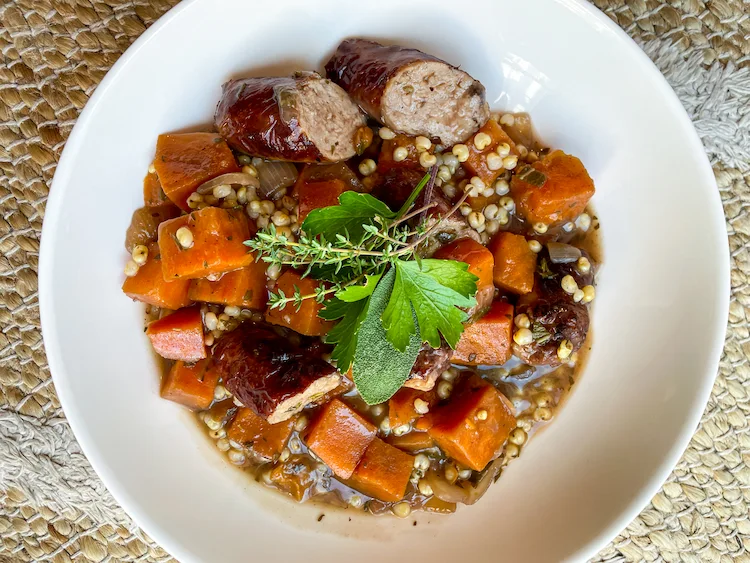
If you have celiac disease or gluten intolerance I'm hoping to convince you that you need sorghum in your your gluten free pantry. Keep reading to see how it can be a fun, delicious, and nutritious way to add variety to your meals.
What is Sorghum and Is It Gluten Free?
Yes! Sorghum is a naturally gluten-free grain, making it a versatile option for those of us with celiac disease or gluten intolerance.
Never heard of it? Sorghum is the fifth most important cereal crop globally, after rice, wheat, corn, and barley. It thrives in drought-prone regions, making it a staple in Africa, South Asia, and Central America. 1
If you love Indian cuisine, you may have heard of jowar. That's what sorghum is called in India where it is used to make flatbreads, porridges and other traditional dishes.
Milo is another term for sorghum which is common in the U.S.
Look for a Gluten Free Label
Sorghum can be contaminated with other grains during growing and processing. So, when you're standing in the supermarket with the bag in your hand wondering "is sorghum gluten free?" look for a gluten free claim on the label to reduce the risk.

Is Sorghum Good for You?
Absolutely! Sorghum is rich in vitamins, minerals, and antioxidants. It’s high in magnesium and iron, essential for those of us with celiac disease. Its high fiber content aids digestion, and the low glycemic index helps manage blood sugar. Sorghum also contains phenolic compounds that fight inflammation and may offer cancer protection. 2
Incorporating Sorghum into Your Gluten Free Diet
Sorghum’s mild, nutty, slightly sweet taste makes it a versatile gluten free grain. It can be ground into flour for baking or cooked whole for salads, soups, and grain bowls.
Sorghum in Gluten Free Baking

Sorghum flour is excellent for gluten free baking. It’s often paired with other gluten free flours like rice flour and tapioca starch to lighten and balance texture. This mix works well for bread, pizza crust, muffins, and biscuits.
You will often see sorghum flour in commercial gluten free flour blends. For example, Duinkerken's multi-grain bread mix and Bob’s Red Mill's pizza crust and biscuit mixes include sorghum.
If you're making your own gluten free flour blend with sorghum remember to add xanthan gum or psyllium husk to mimic gluten’s elasticity.
You’re less likely to see sorghum flour in cakes because of it’s denseness. However, it works in hardy cakes like carrot cake or brownies.
Cooking with Sorghum
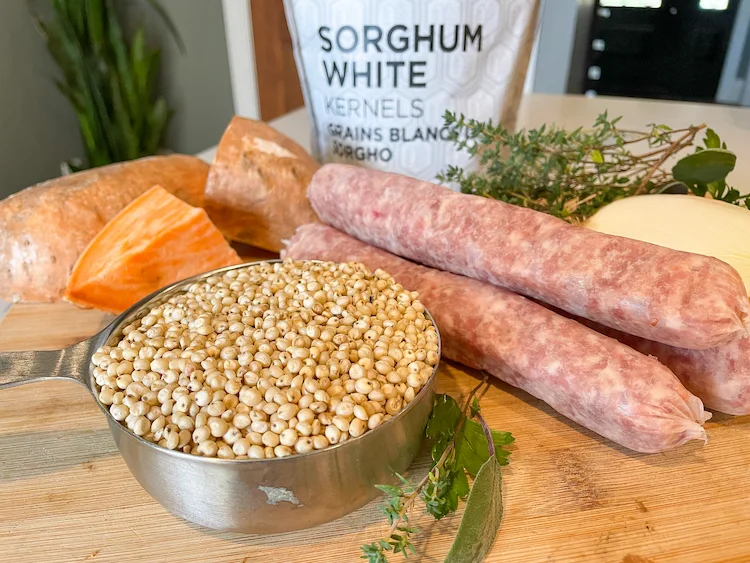
Rinse sorghum grains under cold water to remove dust and surface starch. Combine one cup of sorghum with three cups of water or broth, bring to a boil, reduce heat, and let it simmer for 50-60 minutes. Use it in salads, pilafs, or as a grain bowl base.
Do you have an instant pot? You’ll love this no babysitting recipe from a fellow Canadian.
Storing Cooked Sorghum
Cooked sorghum can be refrigerated for up to a week or frozen in an air-tight container for up to six months. Freeze small portions as the grains will stick together so you’ll likely have to use the whole container.
Adding Sorghum to Soups and Stews
If you’ve been missing barley in your soups and stews, its sorghum to the rescue. Its texture and ability to absorb flavors make it an ideal substitute for barley in soup.
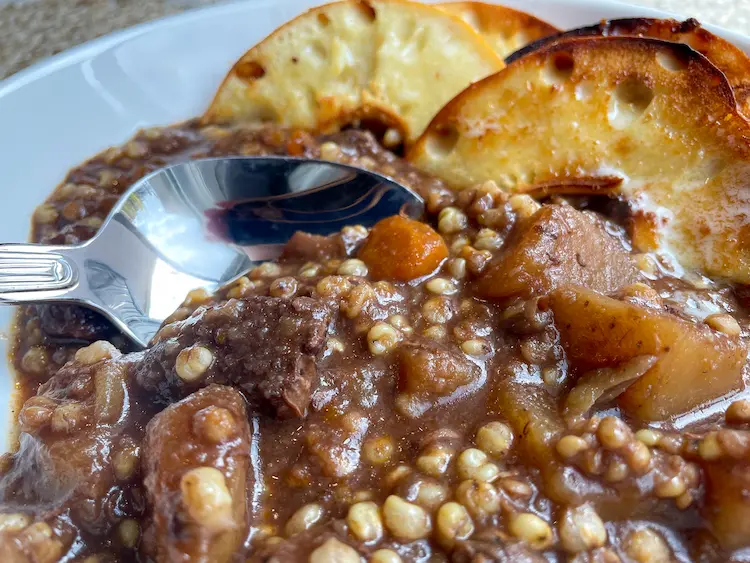
Cook your sorghum as outlined above and add it to gluten free homemade soups. I’ve tried it in my rich and hardy Beef Stew with Red Wine and Chocolate. It would even go great in my Gluten Free “Guinness” Hotpot. Toss in a cupful or more and savor a chewy bite in each spoonful.
Sorghum to Compliment Cooked Vegetables
Try adding a handful of cooked sorghum to fresh or frozen vegetables. It will enhance the flavor and texture of your otherwise boring veggies while amping up the nutrition.
Sorghum in Salads
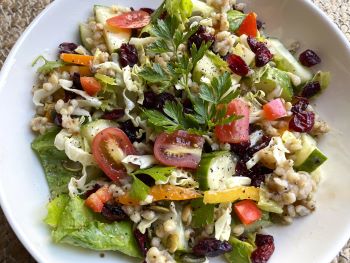
Add a handful of sorghum to a lettuce salad or make it the star of the show. Finely dice onion and bell pepper then toss it with chopped parsley and a light vinaigrette. Serve this with any meal as a super-nutritious side.
Sorghum as an Alternative to Rice and Other Grains
Tired of rice? Try sorghum in your favorite fried rice or Mexican rice recipes. How about a sorghum pilaf, or sorghum risotto? Try sorghum in place of quinoa in my Moroccan quinoa “couscous” recipe.
Sorghum for Breakfast

Make sorghum part of your morning routine. Mix cooked sorghum with almond milk, fruits, and honey for a nutritious breakfast porridge. Sorghum flour works well in pancake and waffle mixes. Talk about starting your day off right!
Other Uses for Sorghum
Since sorghum is a grain, its versatility doesn’t end there. Puffed sorghum can be a fun snack or a crunchy salad topping. Roasted sorghum can also be used as a snack, similar to popcorn, but with its unique taste and texture.
Did you know that sorghum is also used in dog food? Indeed, it provides dogs with essential nutrients like protein and fiber. Brands like Purina and Science Diet have incorporated sorghum into their formulations, making it a nutritious and digestible option for your furry friends.
Sorghum syrup is another product derived from this grain. Similar to molasses but milder in taste, it can be used as a natural sweetener in baked goods, marinades, or even drizzled over pancakes.
Where to Buy Sorghum
Finding sorghum is easier than you might think. Most health food stores carry it, and it’s often available in the gluten-free section of major supermarkets. Online retailers offer a variety of sorghum products, including whole grains and flours. Brands such as Bob's Red Mill and Arrowhead Mills are excellent options to look out for. I got mine from Amazon.
Conclusion
Are you convinced? I am.
Exploring new grains can make our gluten-free journey much more enjoyable. Not only is sorghum gluten free, its flexibility in cooking and baking helps to ensure that we won't feel so restricted. Since going gluten free I’ve found that my diet can be as varied, delicious and nutritious as anyone else's. Maybe more so thanks to options like sorghum. I hope you’ll feel this way too.
Sources:
1. Wikimedia Foundation. (2024c, August 21). Sorghum. Wikipedia. https://en.wikipedia.org/wiki/Sorghum
2. WebMD. (n.d.). Sorghum: Nutrition and health benefits. WebMD. https://www.webmd.com/diet/health-benefits-sorghum








